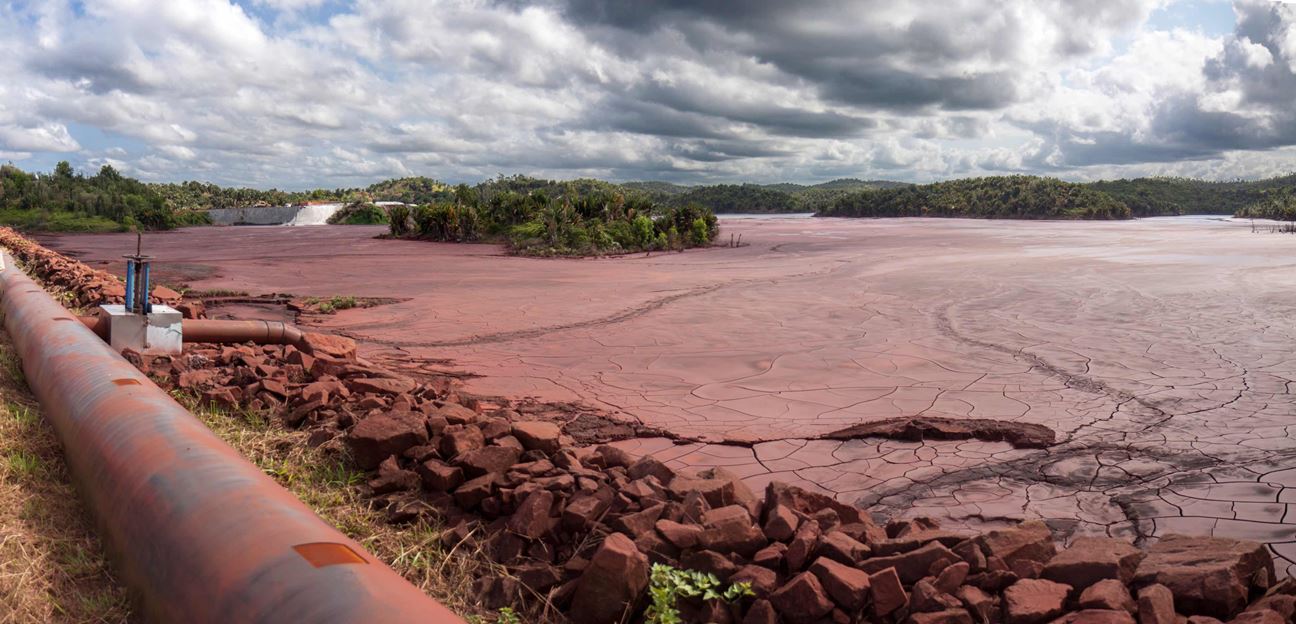Here's the breakdown: this August, India is updating their draft of the Environment Impact Assessment (EIA) Notification--last updated in 2006. There has been an opportunity for public feedback towards the same, the deadline for which has been extended to the 11th of August 2020. The public is well... mostly outraged and has issues with the EIA.
Before we start, what is an Environmental Impact Assessment and why is it important? In short, and the objective of an EIA is to have an exhaustive study of the environmental consequences of any plan, policy, industrial projects and more. The EIA Notification is a document that (is supposed to) provides stringent checks in place against over-degradation of the environment by any planned schemes. In 1984, after the Bhopal Gas Tragedy, India saw it fit to have environmental strategies in place in mind with industrialisation. This document, then written, contains all the formalities and provisions of the EIA process.

The government is redrafting the EIA again this year in lieu of making it more "transparent and expedient", however, this has been argued as a more regressive draft that the 2006 EIA Notification. EIAs look at everything from road extensions to mining projects and have a set of norms to follow which are publicly accessible. Well, were publicly accessible. The current 2020 EIA structure limits the public's involvement in having updates and information about these projects, and thus, limiting this power to only the government. The government has the power to determine which projects are "strategic" i.e. related to national or border security etc., and these are exempt from regular EIA norms. Furthermore, no information on these strategic projects will be available on the public domain. Therefore, activists are angry and calling for the withdrawal of this draft altogether.
The problem with this, specifically, is that the government can deem certain projects "strategic" with publicly justifying the same and having them be exempt from EIA norms. This is potentially dangerous because of the general lack of supervised reporting that involve EIAs in India in the first place. The application of EIAs and their consequent reporting has been known to be of poor quality, allowing various loopholes and exemptions in the past. The new 2020 draft, seemingly seeking to amplify this list of exemptions, will further hamper the progress we ought to make in the environmental sector in this country.
This new draft additionally has a long list of exemptions to the EIA norms. An example of this is that roads and pipelines in border areas i.e. areas that fall within 100 kms of a LOC in India with a bordering country are exempt from public hearings. A major part of this land where potential development can occur is the naturally rich and biodiverse North East--home to various protected species of plants and animals. Another example of exemptions are expansions of roads and highways. A majority of these, as you may know, cut through a large area of forest land. Having no EIAs performed and passed, on projects like this, will possibly lead to undoable damage in the delicate ecosystems of these areas.
In these ever-changing, hazardous times of climate change and global warming, the tropical, temperate and grassland ecosystems of India direly need protection. There is a delicate balance between the government and public opinion in these tumultuous times, however, a regressive EIA with a lengthy list of exemptions that further seeks to remove public opinion altogether seems like a step in the wrong direction.